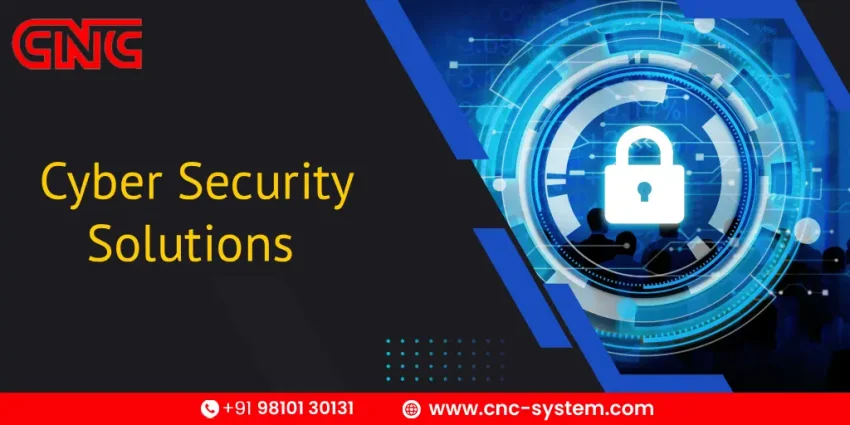In our digital age, technology is essential to the efficient operation of any business, large or small, in any field. Along with this growing reliance is the risk of cyber threats including phishing, ransomware, data breach, and insider attacks. Regardless of whether an organization is working in a conventional office, remote configuration, or a hybrid setup, it has become essential to protect digital assets and sensitive information. This is where cyber security solutions become key in securing any kind of working environment.
Protection for Traditional Office Workspaces
Traditional office environments typically rely on a centralized system, on-premise servers and interconnected networks. Other threats that can be posed in these environments include malware, phishing emails, or unauthorized access. The cyber security solutions provide high perimeter protection in the form of firewalls, intrusion detection system, and real-time monitoring system. With multi-factor authentication and endpoint protection, businesses can consider who is allowed access to vital systems to avoid internal and external attacks significantly.
Securing Remote Work Environments
Remote work has increased the organizational threat space. Workers who use their personal computers or networks that lack protection and access company-related information can unknowingly expose the system to computer criminals. In a bid to fight these threats, cyber security solutions offer Virtual Private Networks (VPNs), secure cloud storage, and advanced encryption mechanisms to guard sensitive data, when transferring it. Remote device management tools enable IT teams to observe and protect devices even when they are thousands of miles apart, and operations are still continuous and secure.
Hybrid Workplaces and Their Security Needs
Hybrid work models are a combination of the leniency of remote jobs with the construct of office-based working. Although this is an efficient strategy, it further increases security issues because of the inevitable switching between personal and corporate networks. These challenges are met through cyber security solutions, by applying the Zero Trust Security framework, where all access requests are authenticated, irrespective of the location of the user. Integrated security policies, endpoint management, and data loss prevention services assist companies to ensure uniform protection in a variety of working environments.
Industry-Specific Protection
Cyber risks are unique to every industry. Patient records are vulnerable to data breach, and financial institutions are at risk of being targeted by fraudsters on a regular basis. Schools are vulnerable to ransomware and online businesses should ensure that they secure their customer payment information. Cyber security solutions are scalable and extendable, and industries can adopt measures that align with their regulatory mandate and business demands. These solutions offer a scalable but effective protection whether it is GDPR in Europe or HIPAA in healthcare.
Building a Secure Future
Cyber threats keep on changing, and security strategies have to keep on evolving. The use of sophisticated technologies such as artificial intelligence and machine learning has been incorporated into cyber security systems to identify any suspicious behavioral patterns and even forecast any possible attack before it inflicts damage. Frequent updates, employee training and active monitoring also ensure that the business remains resilient as cyber risks increase.
Conclusion
Regardless of the nature of the employment setting, whether it is an office, a remote setting, a hybrid, or an industry setting, digital safety cannot be overlooked. Cyber security solutions are a protective layer that keeps organizations safe against data loss, financial losses, and reputation losses. Through investing in a holistic security approach, businesses ensure a secure operation, continuous growth, and tranquil existence in a fast-changing digital environment.

